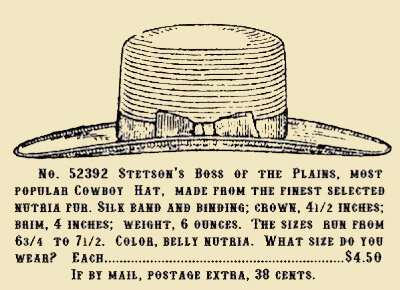Kangol 504 Cap
Kangol was founded in 1938 by Jakob Henryk Spreiregen, a remarkable entrepreneur born in Warsaw in 1893. Sometime before WWI, he relocated to France where he adopted a French version of his name, Jacques Spreiregen, Jacques then travelled to England where he applied for citizenship. In 1918, after serving in the medical corps during the war, Jacques began employment with a manufacturer of Basque berets. Jacques handled the imports from France as no one was manufacturing berets in the UK.
Berets had become a popular fashion item with royalty and celebrities such as Greta Garbo and Marlene Dietrich glamorising the style. After importing thousands of Basque berets into Great Britain, Jacques decided he needed to distinguish his product from the competition and Kangol was born. Many theories exist about the name's meaning, but the most common is that the K stands for Knitting, the ANG from ANGora and the OL from woOL as these are the materials used to make berets. Because Jacques could not import enough berets into Great Britain to keep up with demand, he decided to start his own factory. He brought machinery and skilled workers over from France to train the British workers.
Kangol berets are made the same way today; it begins by knitting a U-shape. The edges are then joined together on a linking machine, leaving a small hole in the top which his hand-stitched closed. The hoods are felted, dyed, sheared and stretched onto the wooden form that creates the shape. This description is, of course, a simplified version of a long, involved and highly skilled process.
Until 1954 Kangol produced only Berets and even continued production during WWII making hats for the British armed forces. It seemed as if the popularity of this humble hat would never end, but its decline in popularity was swift. While production continued for school uniforms and the government, Jacques needed to push his designers to invent new fashionable creations to maintain sales. A Danish man called Paul Hansen was the designer of the 504, he used stiffened material to create a peak and added a sweatband, to mark the peak and to set the shape a block was required. They tested many forms during the development process, but the winning design came from block number 504 and the name stuck. The 504 was patented on 13th September 1954. The popularity grew and more materials were added to this now-iconic hat. In the same decade, the Tropic yarn was developed, to create a material suitable for the summer heat, growing a year-round business.
In celebration of Kangol’s 65th Anniversary designer Nichola Harris (Hayes) decided to tackle the iconic 504 and design a modern version. The inspiration came from combining the fit of a baseball cap but with the construction of the 504. Following on from its inspiration and the legacy of the original the cap, the new shape was called the 505. Creating a 3D mould to fit your head perfectly is never simple and it wasn't until Nichola reached the 507 cap was the shape perfected. The 504 and the 507 are now united in their icon status, along with the Hip Hop favourite; the Bermuda Casual.














The story behind the birth of Kangol and the creation of the iconic cap.